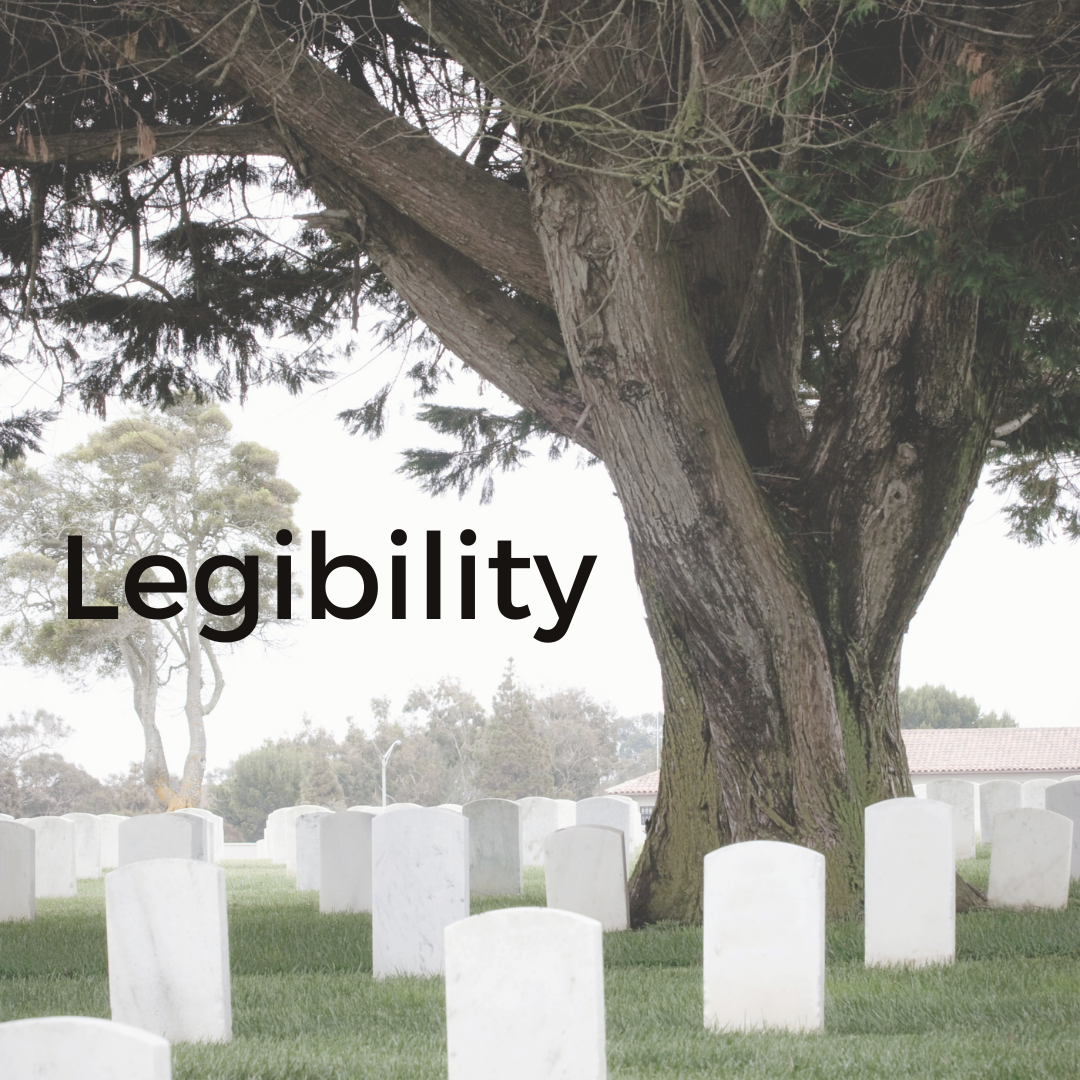
I like cemeteries, and there are some remarkable ones in our city. Glenwood in the Heights and Forest Park Woodlawn south of town are the most visually interesting. I recently visited Trinity Churchyard in Manhattan (where Alexander and Eliza Hamilton are buried) and always feel edified after a visit to historic Arlington National Cemetery outside of Washington, DC. The City of Angels, Los Angeles, has some fascinating cemeteries too.
Just off Santa Monica Boulevard next to the Paramount Studio movie lot, shadowed by giant palms, dotted with man-made lakes, is a most eclectic one called the Hollywood Forever Cemetery. There, cinematic legends like Cecil B. DeMille, Judy Garland, Tyrone Power, and Douglas Fairbanks are buried. A number of more modern-day musical talents like John William Cummings, a.k.a. Johnny Ramone, Chris Cornell, and Scott Weiland are interred there too. Terry, the dog-actress who played Toto in The Wizard of Oz, is memorialized at Hollywood Forever as is Mel Blanc who supplied the voice of Bugs Bunny and Porky Pig. On Blanc's grave marker, you'll find the words, "That's All Folks." Throughout the 62-acre property stand flashy statues and stones carved in the shapes of electric guitars, race cars, and dramatically weeping angels. They hold yoga sessions, midnight movie screenings, and concerts on the grounds, and the cemetery is also home to hundreds of cats that roam around night and day. A large gaggle of ducks makes a pilgrimage to the gravestone of Douglas Colvin, a.k.a. Dee Dee Ramone, each afternoon. The style of the place is most often described as "Exotic Revival, et al" with the emphasis on the "et al" as the cemetery has been run by a number of owners over the years without any devotion to a particular aesthetic or theme other than one I'd call, L.A. Camp. It's kind of cool, but more odd than beautiful.
It's a far cry from the grounds of the Forest Lawn Memorial Park located not too far away up in the Hollywood Hills. There are several Forest Lawn cemeteries in Southern California, all developed by a metallurgist from Kansas City named Dr. Hubert Eaton who, when he purchased his first one in Glendale, set out to change nothing less than how Californians viewed death. A devout Christian, Eaton, in accordance with his faith, believed that we come into a realm of great joy after we die. Yet when he looked around, he saw that most cemetery properties were
"unsightly, depressing stoneyards filled with inartistic symbols and depressing customs; places that do nothing for humanity." Taking a holistic approach to developing his land for the use and purpose he envisioned, he moved away from upright grave markers in favor of bronze plaques flush with the grass, then retained artists and architects to integrate the different sections of his acreage into beautiful and harmonious spaces that visually reflected the hope he found within his faith. Forest Lawn, he made clear, would be composed of "towering trees, sweeping slopes, splashing fountains, singing birds, beautiful statuary areas, and memorial architecture with interiors full of light and color." And through painstaking and costly landscape design and thoughtful ongoing construction efforts, Eaton's goal of producing an experience not of despair but one of coherent beauty and resonant hope, was realized.
While it's fascinating to walk around the Hollywood Forever Cemetery, you'll likely feel more like a tourist than anything else. At Forest Lawn, while it's still definitely LA and you're likely to stumble upon some unusual graveside ceremonies and no doubt encounter graves of celebrities as you look about, more than anything else Eaton's beautiful land is distinctly legible as a testimony to his faith. That is to say that whereas the style of Hollywood Forever is indeed "Exotic Revival, et al," there's a spiritual resonance that emerges when one walks around Forest Lawn.
As we try to devote ourselves to living well-examined lives—the kind of lives we hope will be well-regarded, meaningful, and inspiring to others when they're recalled at a graveside or memorial service off in the distant future—it might be a good practice to every once in a while ask ourselves: How are our lives reading? Are they legible? Is there a coherence, a unity, a distinct message emerging, or are we living out a sort of ad hoc "et al" collection of experiences without any sort of overall theme, which in the end is really more odd than truly beautiful. Or perhaps consider this: Even if it makes you feel a bit uncomfortable, maybe it's not a terrible idea to go to a local cemetery, take a walk around, and briefly consider the notion of the legibility of your life.
God — Make my life more legible. Amen.
— Greg Funderburk





